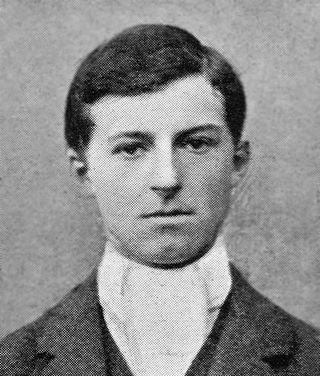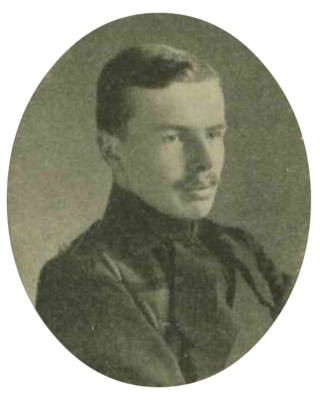
The Palace of Westminster serves as the meeting place for both the House of Commons and the House of Lords, the two houses of the Parliament of the United Kingdom. Informally known as the Houses of Parliament, the Palace lies on the north bank of the River Thames in the City of Westminster, in central London, England.

The Wellington Cathedral of St Paul is an Anglican church in the city of Wellington, New Zealand. It is the mother church of the Diocese of Wellington and the cathedral of the Bishop of Wellington. Situated in Thorndon, the main entrance to the cathedral is on Hill Street, at its junction with Molesworth Street; it is located close to the parliament precinct.

The Centre Block is the main building of the Canadian parliamentary complex on Parliament Hill, in Ottawa, Ontario, containing the House of Commons and Senate chambers, as well as the offices of a number of members of parliament, senators, and senior administration for both legislative houses. It is also the location of several ceremonial spaces, such as the Hall of Honour, the Memorial Chamber, and Confederation Hall.

Francis Walter Stafford McLaren was a British Member of Parliament killed in the First World War in a flying accident.

Sir Edgar Bertram Mackennal, usually known as Bertram Mackennal, was an Australian sculptor and medallist, most famous for designing the coinage and stamps bearing the likeness of George V. He signed his work "BM".

Neil James Archibald Primrose was a British Liberal politician and soldier. The second son of Prime Minister Lord Rosebery, he represented Wisbech in parliament from 1910 to 1917 and served as Under-Secretary of State for Foreign Affairs in 1915 and as joint-Parliamentary Secretary to the Treasury from 1916 to 1917. He died from wounds received in action in Palestine in 1917.

Oswald Cawley, styled The Honourable from January 1918, was a British soldier and Liberal Party politician.

Captain Harold Thomas Cawley was a British barrister, Liberal Party politician and soldier.

Michael Hugh Hicks Beach, Viscount Quenington was a British politician.

Arthur Edward Bruce O'Neill, was an Irish Ulster Unionist Party politician who was the first Member of Parliament to be killed in World War I.

William Glynne Charles Gladstone was a Liberal Party politician in the United Kingdom, and the last of four generations of Gladstones to sit in the House of Commons, the first being his great-grandfather Sir John Gladstone (1764–1851). His body was the last to be officially repatriated to the United Kingdom during the First World War.

Thomas Charles Reginald Agar-Robartes was a British Liberal politician.

Major Francis Bennett-Goldney was an antiquary, Member of Parliament (MP) for Canterbury and former Mayor of Canterbury, who died during World War I.

Percy Archer Clive, DL was a British army officer and Liberal Unionist Party politician.

Major Philip Kirkland Glazebrook, DSO was a British businessman and Conservative politician. He was killed in action in the First World War.

The Honourable Charles Thomas Mills was Conservative Member of Parliament for Uxbridge, elected in January 1910 when he was the youngest MP. He was killed, serving as an officer with the Scots Guards on the Western Front.

St Augustine's Church is a redundant Anglican church building in the city of Norwich, Norfolk, England. It is recorded in the National Heritage List for England as a designated Grade I listed building. and is under the care of the Churches Conservation Trust. The church stands to the west of St Augustine's Street, the A1024 road, to the north of the Norwich inner ring road.

The Baltic Exchange Memorial Glass comprises several stained glass windows designed by English artist John Dudley Forsyth which were installed over a staircase at the Baltic Exchange in London in 1922, as a memorial to the members of the exchange who were killed while serving during the First World War. The memorial glass was damaged in an IRA bombing in 1992. With funding from Swiss Re, the memorial glass was restored by glass conservators Goddard & Gibbs, and has been displayed at the National Maritime Museum in Greenwich since 2005.


















